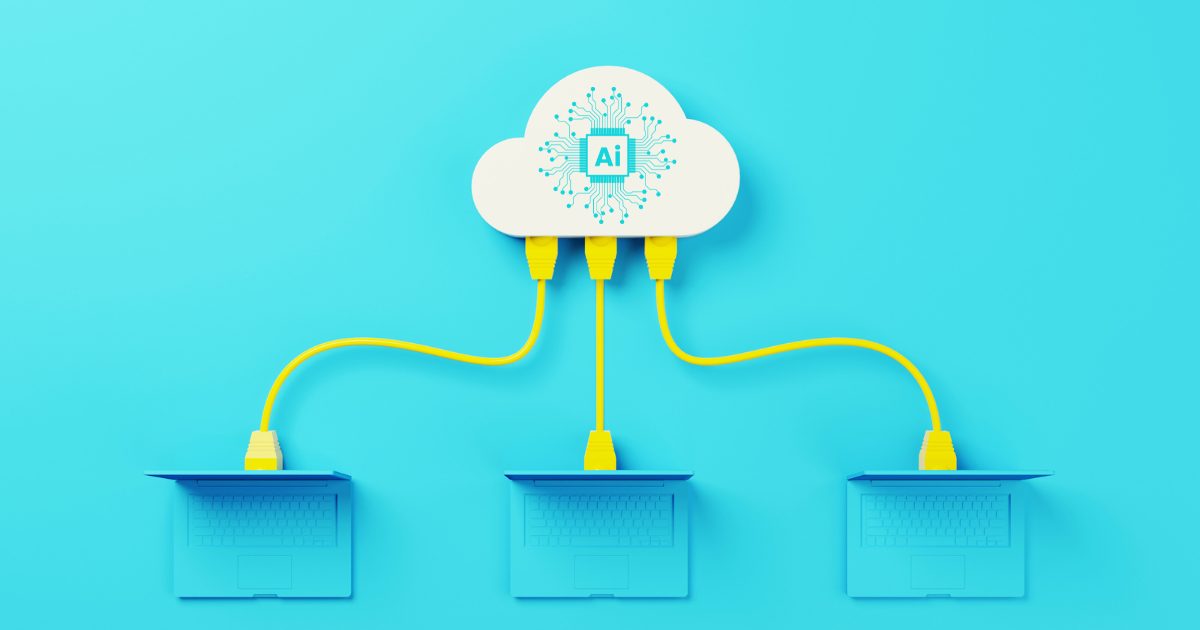Due to evolutions in the business world incited by the pandemic, many businesses have been adopting a hybrid work model and shifting the focus of their IT departments. Organizations that have properly invested in the hybrid work model have given themselves a competitive advantage in the post-COVID world. However, the shift to hybrid work, along with the growing popularity of low-code software, has also forced IT professionals to adapt.
This article highlights four ways IT professionals can add value in a hybrid work model, ultimately boosting efficiency, lowering costs, and increasing employee satisfaction.
1. Adapting to Personal Needs
The first step of an IT department adding value in a hybrid work model is to rethink the traditional “one-size-fits-all” approaches to technology in the workplace. The new approach shifts toward intelligent personalization, where the IT department takes the time to fully understand the unique needs of different employees when they are using specific IT assets.
For example, instead if thinking about the tasks that need to be done when developing software, savvy IT professionals in a hybrid work model think about the people using that software. What kinds of challenges do they face? How do different employees interact with the software? Answering these questions will bring you closer to intelligent personalization.
2. Creating Onboarding Processes
Nothing can make an employee feel undervalued, unsupported, or generally lost more than a poor onboarding process. Even without considering the challenges of employee retention in a hybrid work model, losing an employee can be costly for your business, estimated to cost 1.5 to 2 times that employee’s salary.
The hybrid work model has raised the stakes for employee retention. This is where your IT department comes in! Rather than simply providing new employees with the technology they require to complete their tasks, the IT department must be available to support them along the way, ensuring they have the tools and access they need to get up and running and connected faster.
3. Optimizing Schedules
Meetings. Meetings. Meetings. Virtual meetings are as necessary now as ever, with employees working remotely in a hybrid work model. At the same time, meetings are also a drain on employee productivity. In fact, studies show that 67% of workers say meetings are distracting and inhibit their productivity.
The IT department can help analyze your data and create low-code applications that optimize employees’ schedules. They can track things like meeting frequency in relation to productivity and develop meeting scheduling systems to ensure certain productivity thresholds are not crossed.
4. Lowering Employee Energy Costs and Energy Consumption
According to the US department of energy, the energy consumption of electronics on standby can cost one household $70 per year. For all remote workers who must be increasingly online to perform their work, these costs can add up quickly. Overages on your electricity bill can impact the environment, while also taking away from enrichment of the job.
IT departments can track the times an employee is using certain devices and applications, and send personalized messages to remind them to turn off their devices at the end of the workday. This can have several benefits to employees, including:
- Lowering energy bills,
- Lowering carbon footprint,
- Being able to “unplug” at the end of the workday, and
- Having the peace of mind that their employer is not only assisting them with their technology needs, but is also considerate of the time and money they spend when using their devices.
Elantis enables collaboration in the digital workplace and helps transform the way you work—whether your organization has a hybrid work model, on-site/work from office model, or remote work model. Contact us today to learn more!



























